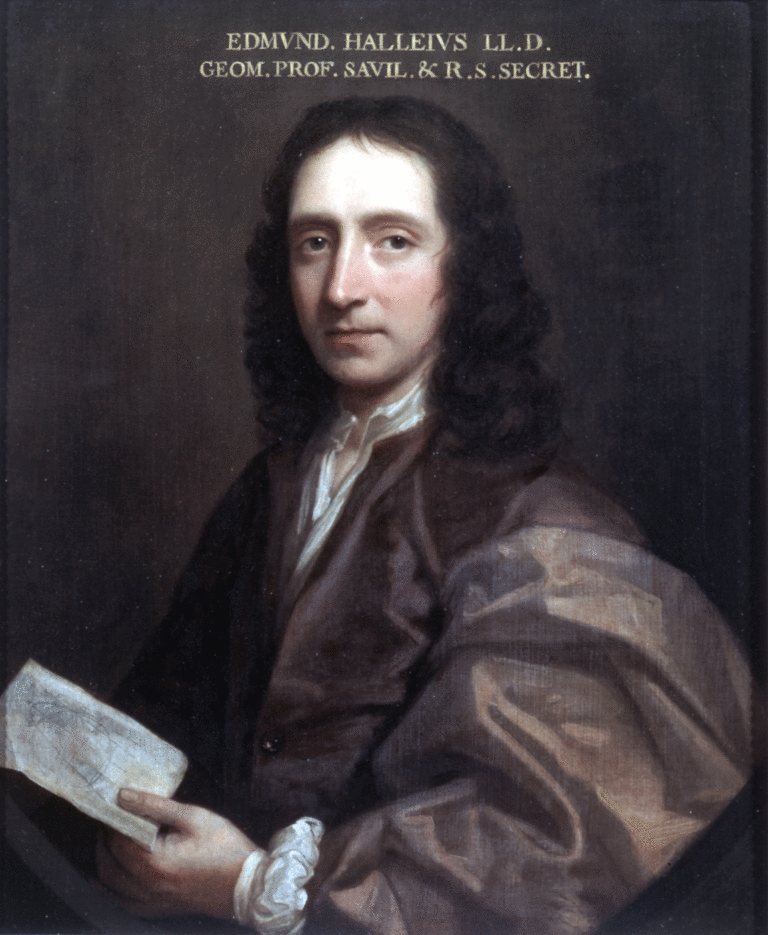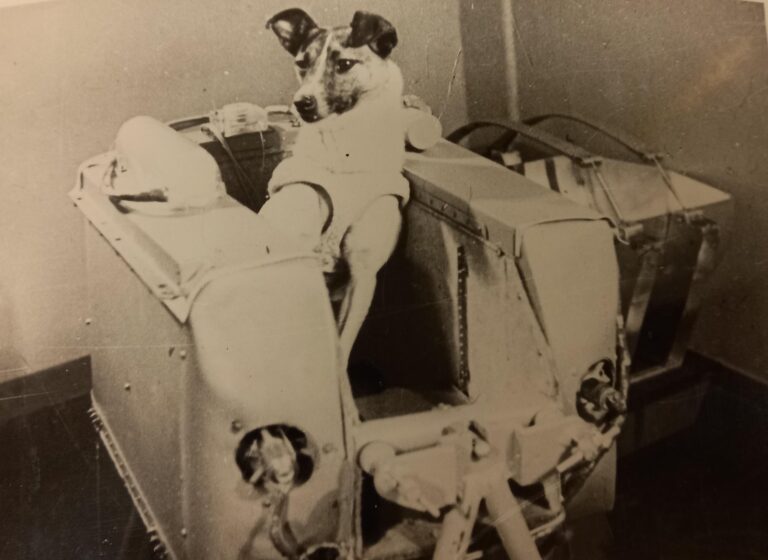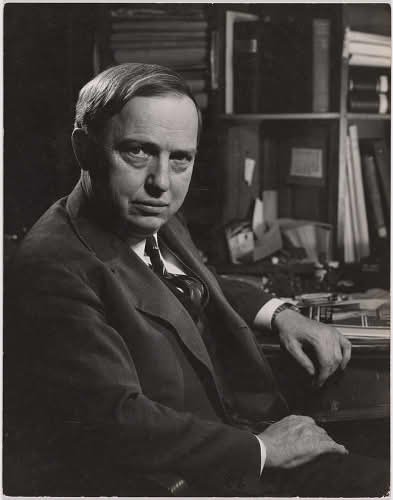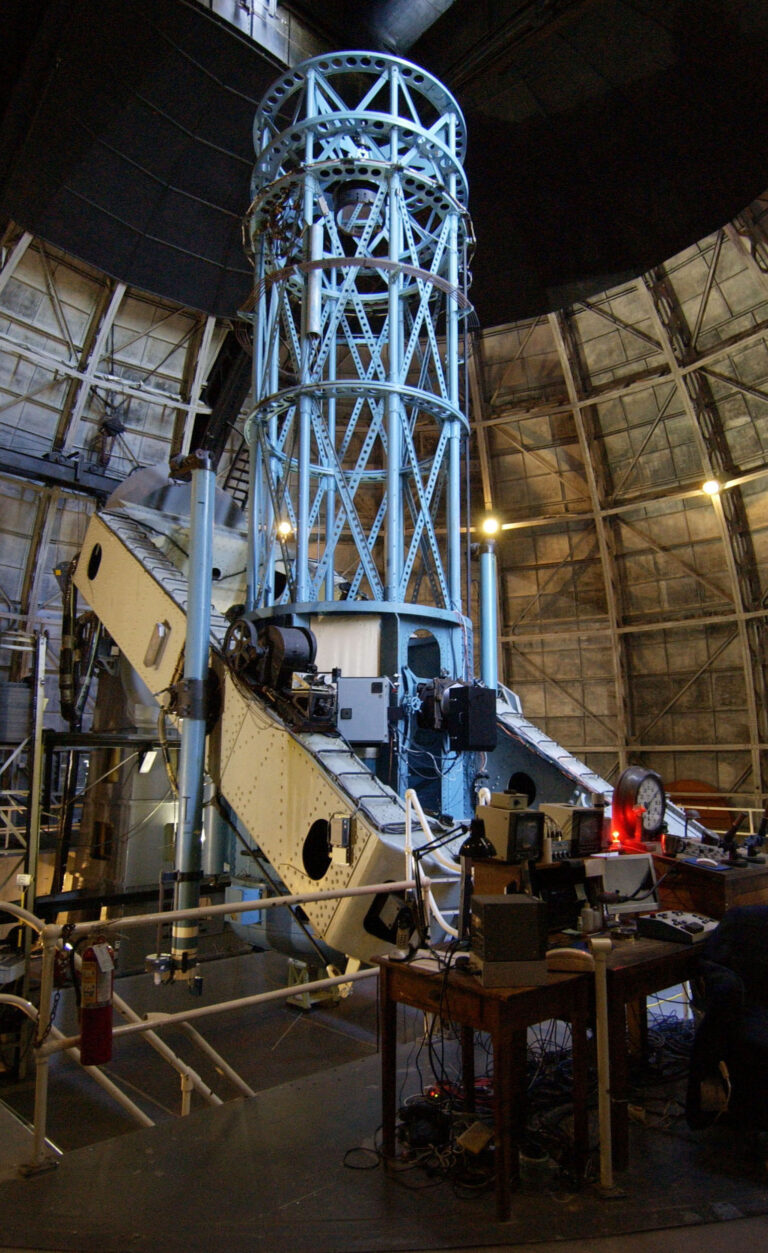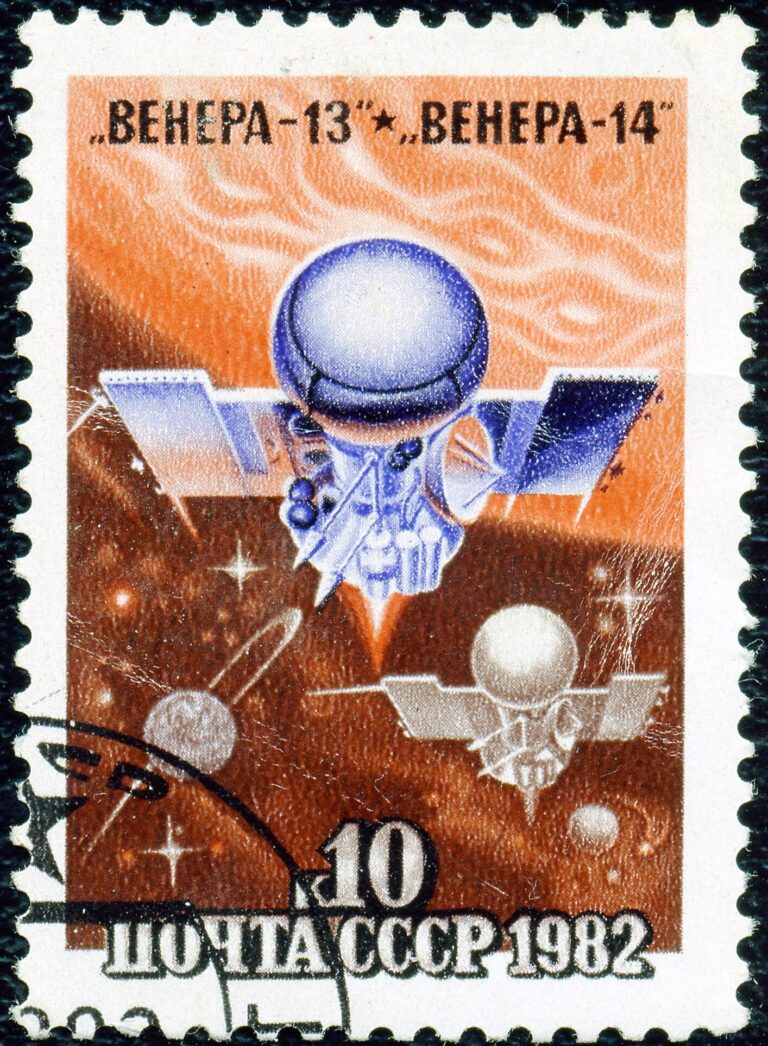
Key Takeaways:
- The 1919 total solar eclipse provided the first empirical test of Albert Einstein's general theory of relativity, specifically measuring how the Sun distorts light from background stars.
- General relativity postulates that any object with mass warps space-time, causing all passing bodies, including light photons, to follow curved trajectories.
- Researchers on expeditions to northern Brazil and a western African island compared pre-eclipse stellar positions with those observed during totality, aiming to detect a predicted shift of 1.75 arcseconds.
- Observed shifts of approximately 1.98 and 1.61 arcseconds aligned with the theory's prediction, leading to the public announcement of results on November 6, 1919, and Einstein's increased recognition.
The earliest test of Albert Einstein’s general theory of relativity took place just four years after he published it. During the May 29, 1919, total solar eclipse, British astronomer Sir Arthur Eddington and colleagues studied the theory by measuring how the Sun distorts light from background stars.
According to general relativity, any object with mass warps space-time. (The common analogy is that it’s similar to a bowling ball on a trampoline.) So, any passing body will follow a curved trajectory; this is true whether the passing body is an orbiting satellite or a light photon from a background object.
Researchers involved with the 1919 eclipse expedition traveled to two locations to observe totality: northern Brazil and a western island of Africa. According to general relativity, the apparent positions of stars near the Sun would appear to shift by 1.75 arcseconds. The scientists first measured the positions of stars in the Hydra star cluster in early 1919. Eddington and colleagues then recorded the stars’ locations during totality, and compared them to the previous values. They found that indeed, the background stars appeared to shift by roughly the amount general relativity had predicted. (They measured 1.98 arcseconds and 1.61 arcseconds.) The researchers announced their data on Nov. 6, 1919, and Einstein quickly became a household name.

